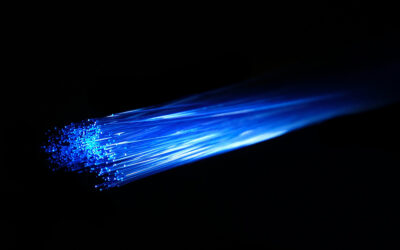Due to their high strength and improved corrosion resistance, bimetallic composites have been widely used in industries – compared with those obtained in monolithic alloys. During the past several decades, many methods of producing multilayer composite ingots have been developed, involving diffusion bonding, explosive cladding, rolling, and casting.
Among these methods, some are performed as continuous casting techniques. The formation of multilayer composite plates by these techniques is more efficient and economical in comparison to other types of processing of multilayer composite ingots.
 To produce brazing sheets for instance, composite ingots composed of different aluminum alloys can be used. Brazing sheet consists of a lower melting point alloy clad to a higher melting point, brazeable alloy core. Such a heat exchanger material can be applied in heat exchanger system of automobile. Furthermore, this aluminum composite material can be used for several applications and would have a large commercial market.
To produce brazing sheets for instance, composite ingots composed of different aluminum alloys can be used. Brazing sheet consists of a lower melting point alloy clad to a higher melting point, brazeable alloy core. Such a heat exchanger material can be applied in heat exchanger system of automobile. Furthermore, this aluminum composite material can be used for several applications and would have a large commercial market.
Thus, H. Jiang and J. Cui from the Northeastern University in Shenyang, China, study on casting composite ingot of different aluminum alloys. In a recently released paper, they report on two kinds of equipments that they have designed for casting composite ingots. Jiang and Cui prepared three-layer ingots of two different aluminum alloys by the direct-chill (DC) semi-continuous casting process. In addition, they proposed also a new idea of a solid supporting layer.
The Chinese scientists investigated macro-morphology, microstructure, temperature distribution near the interface, elements distributions and tensile strength of the interface during the casting process. Results of the study confirmed, that the equipment is suitable for casting composite ingots. Moreover, the investigations reveal that the solid supporting layer forms a uniform temperature distribution near the interface, which ensures a stable casting process. The two different aluminum alloys were well bonded.
Image: Boykung / FreeDigitalPhotos.net

















